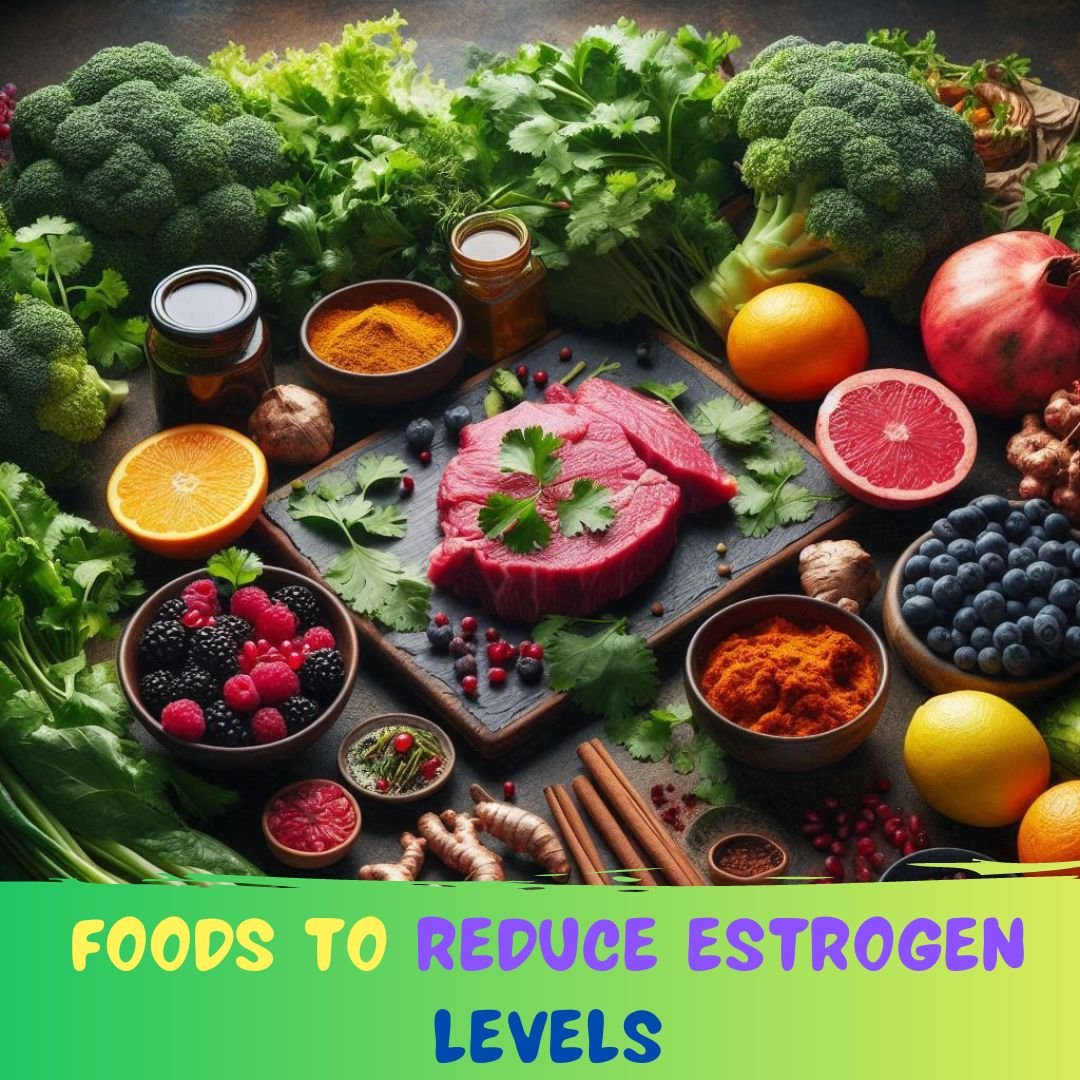Estrogen dominance, a condition where the body has too much estrogen, can lead to a range of health issues, including weight gain, mood swings, and hormonal imbalances.
While hormone replacement therapy and supplements can help, making dietary changes is a natural and effective way to reduce estrogen levels in the body. Incorporating certain foods into your daily diet can help regulate estrogen levels and promote overall hormonal balance.
Here are 18 everyday foods that can help reduce estrogen levels in the body, supporting a healthier and more balanced you.
1. Leafy Greens: The Ultimate Estrogen Detoxifier
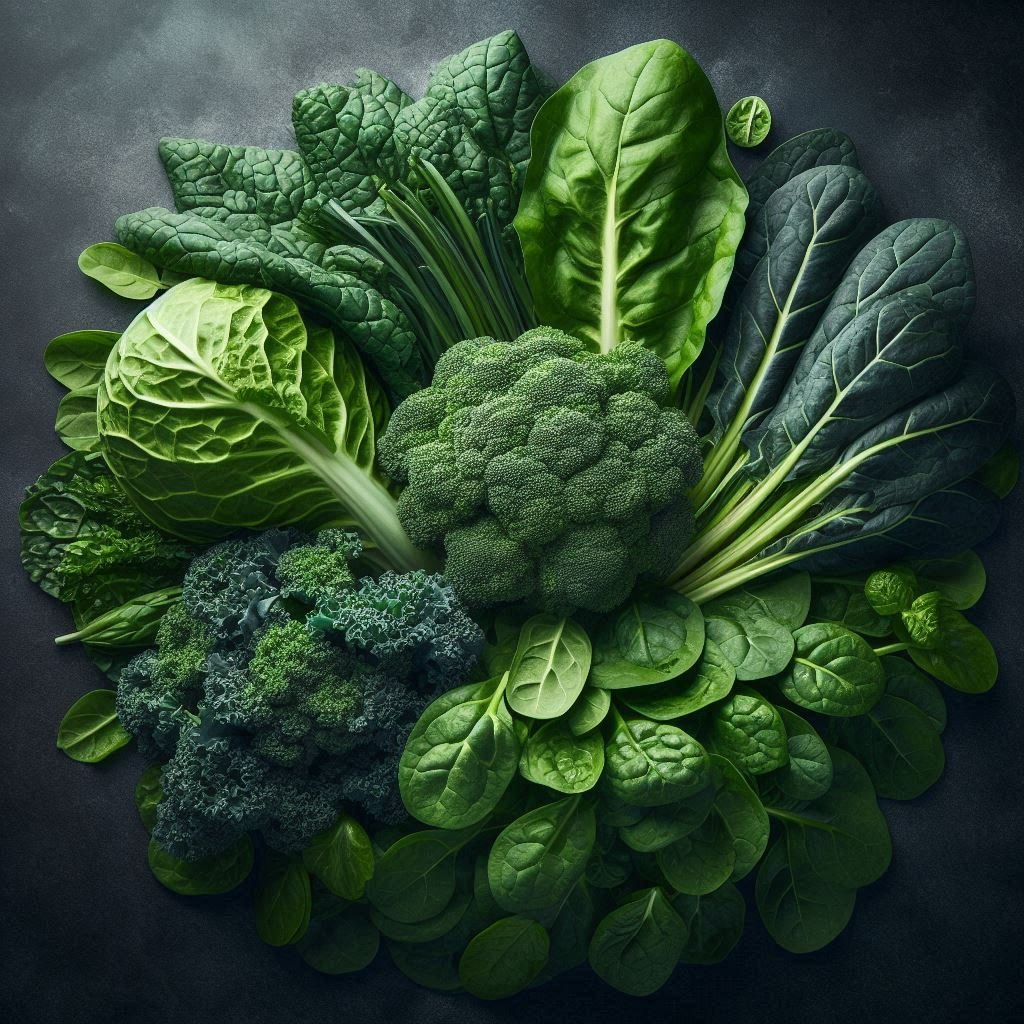
Leafy greens, such as spinach, kale, and collard greens, are some of the most potent estrogen detoxifiers in the plant kingdom. These greens contain a group of compounds called isothiocyanates, which have been shown to inhibit the production of estrogen in the body.
Isothiocyanates work by blocking the activity of aromatase, an enzyme that converts androgens into estrogens. By reducing aromatase activity, leafy greens can help to lower estrogen levels and promote hormonal balance.
In addition to their estrogen-lowering effects, leafy greens are also rich in antioxidants, fiber, and other nutrients that support overall health and well-being. They are also extremely versatile and can be added to salads, smoothies, sautéed as a side dish, or added to soups and stews.
2. Broccoli: A Cruciferous Superfood for Hormonal Balance

Broccoli is another cruciferous vegetable that has been shown to have a profound impact on hormonal balance. Like leafy greens, broccoli contains isothiocyanates, which inhibit aromatase activity and reduce estrogen production.
Broccoli also contains a compound called indole-3-carbinol, which has been shown to have anti-estrogenic effects and may help to reduce the risk of estrogen-dependent cancers.
Broccoli is also an excellent source of fiber, vitamins, and minerals, making it a nutritious addition to any meal. It can be steamed, roasted, sautéed, or added to soups and stews for a delicious and healthy side dish.
3. Fatty Fish: Omega-3 Rich Foods for Estrogen Regulation

Fatty fish, such as salmon, tuna, and mackerel, are rich in omega-3 fatty acids, which have been shown to have anti-inflammatory effects and support hormonal balance. Omega-3s work by reducing inflammation in the body, which can contribute to estrogen dominance. They also support the production of anti-inflammatory prostaglandins, which can help to regulate estrogen levels.
In addition to their estrogen-regulating effects, fatty fish are also an excellent source of protein, vitamins, and minerals, making them a nutritious addition to any meal. They can be grilled, baked, or sautéed for a delicious and healthy main course.
4. Turmeric: The Golden Spice that Inhibits Estrogen Production
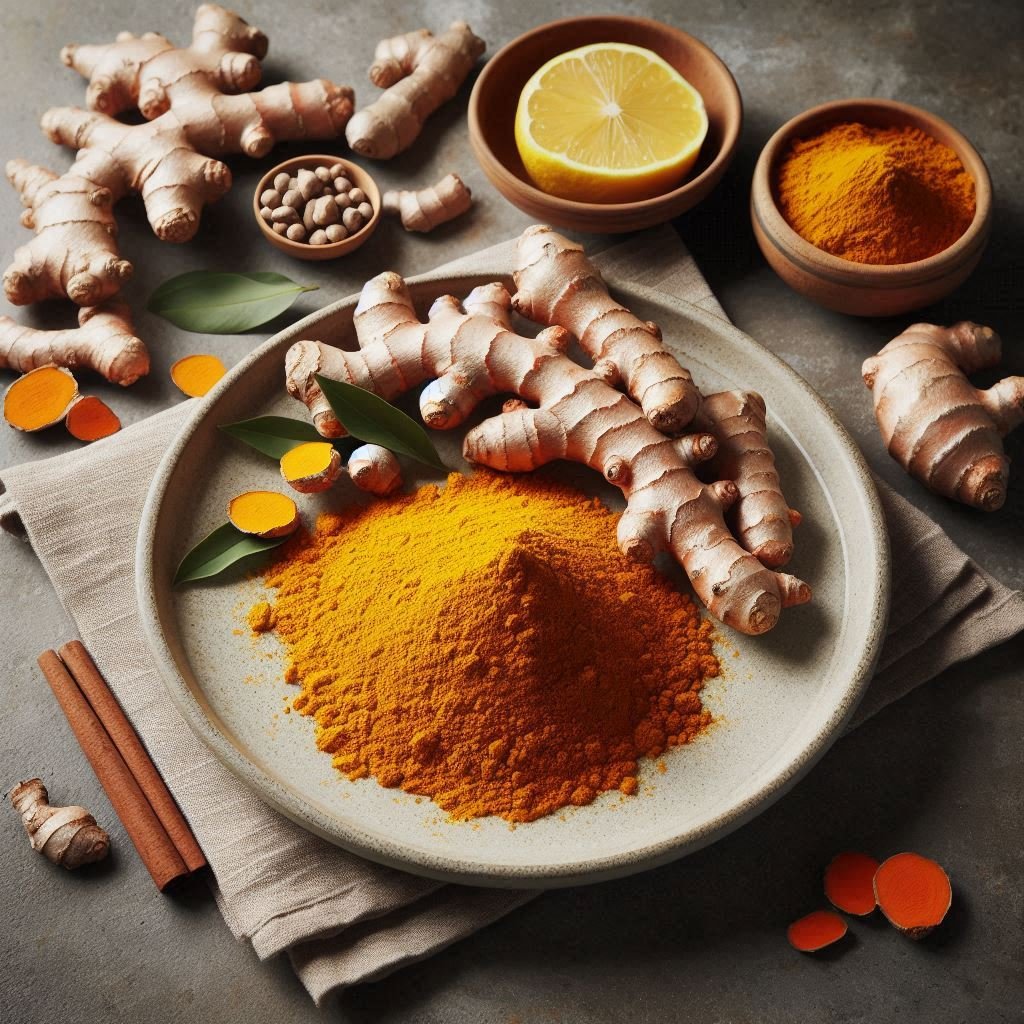
Turmeric, a popular spice commonly found in Indian and Middle Eastern cuisine, contains a compound called curcumin, which has been shown to have potent anti-estrogenic effects. Curcumin works by inhibiting the production of estrogen in the body, which can help to reduce the risk of estrogen-dependent cancers and promote hormonal balance.
Turmeric is also an excellent anti-inflammatory agent, which can help to reduce inflammation in the body and promote overall health and well-being. It can be added to soups, stews, and curries for a delicious and healthy flavor boost.
5. Avocado: Healthy Fats for Hormonal Balance

Avocados are a rich source of healthy fats, which are essential for hormonal balance. Healthy fats, such as those found in avocados, support the production of hormones in the body, including estrogen and progesterone. They also provide a feeling of fullness and satisfaction, which can help to reduce cravings for unhealthy snacks and support weight loss.
Avocados are also an excellent source of fiber, vitamins, and minerals, making them a nutritious addition to any meal. They can be added to salads, smoothies, or eaten as a healthy snack.
6. Berries: Antioxidant-Rich Foods that Reduce Estrogen

Berries, such as blueberries, strawberries, and raspberries, are rich in antioxidants, which can help to reduce inflammation in the body and promote hormonal balance. Berries also contain a compound called ellagic acid, which has been shown to have anti-estrogenic effects and may help to reduce the risk of estrogen-dependent cancers.
Berries are also an excellent source of fiber, vitamins, and minerals, making them a nutritious addition to any meal. They can be added to oatmeal, yogurt, or eaten as a healthy snack.
7. Green Tea: A Beverage that Supports Liver Detoxification

Green tea is a rich source of antioxidants, which can help to reduce inflammation in the body and promote hormonal balance. Green tea also contains a compound called catechin, which has been shown to support liver detoxification and reduce the risk of estrogen-dependent cancers.
Green tea is also an excellent source of caffeine, which can help to increase energy and support weight loss. It can be consumed hot or cold, sweetened or unsweetened, for a delicious and healthy beverage.
8. Olive Oil: A Healthy Fat that Regulates Estrogen
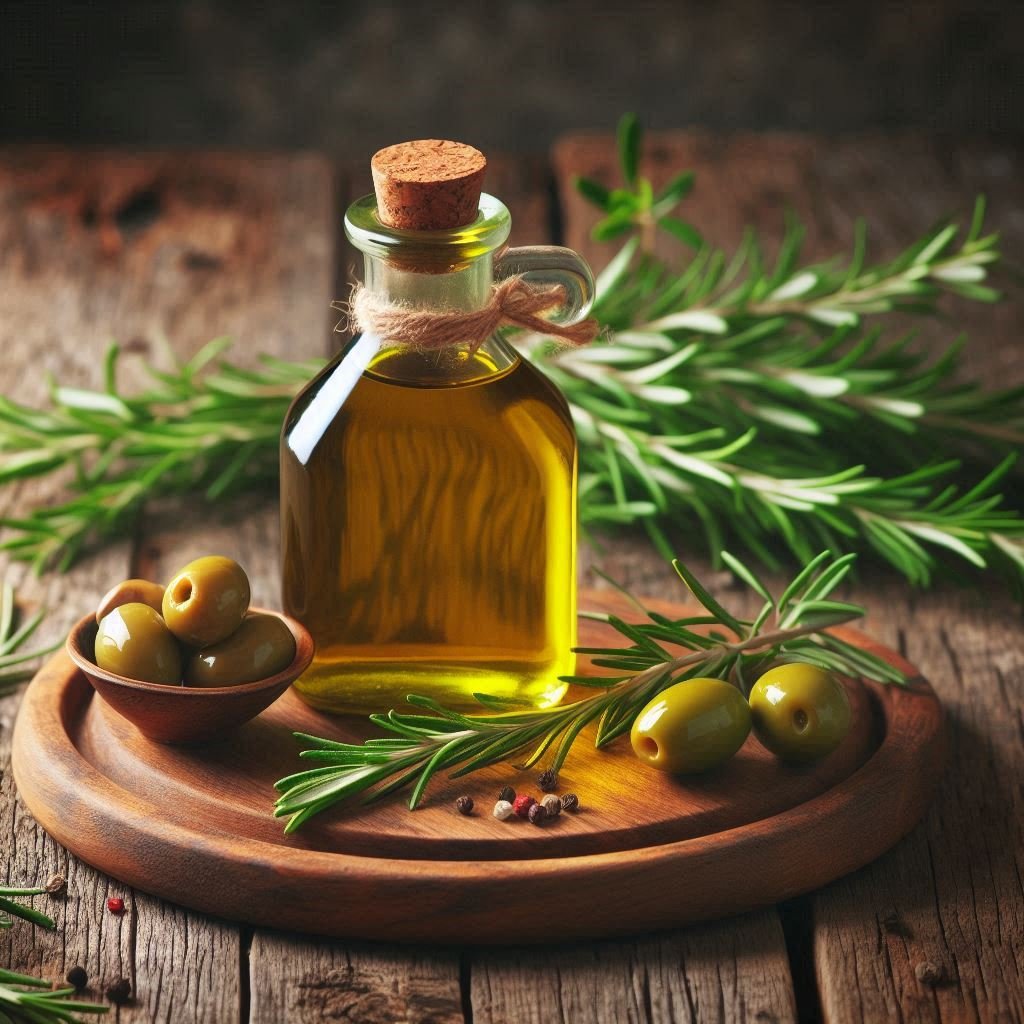
Olive oil is a rich source of healthy fats, which are essential for hormonal balance. Healthy fats, such as those found in olive oil, support the production of hormones in the body, including estrogen and progesterone. They also provide a feeling of fullness and satisfaction, which can help to reduce cravings for unhealthy snacks and support weight loss.
Olive oil is also an excellent source of antioxidants, which can help to reduce inflammation in the body and promote overall health and well-being. It can be used as a finishing oil for cooking, added to salads, or used as a healthy alternative to butter or other oils.
9. Cruciferous Cauliflower: A Vegetable that Modulates Estrogen
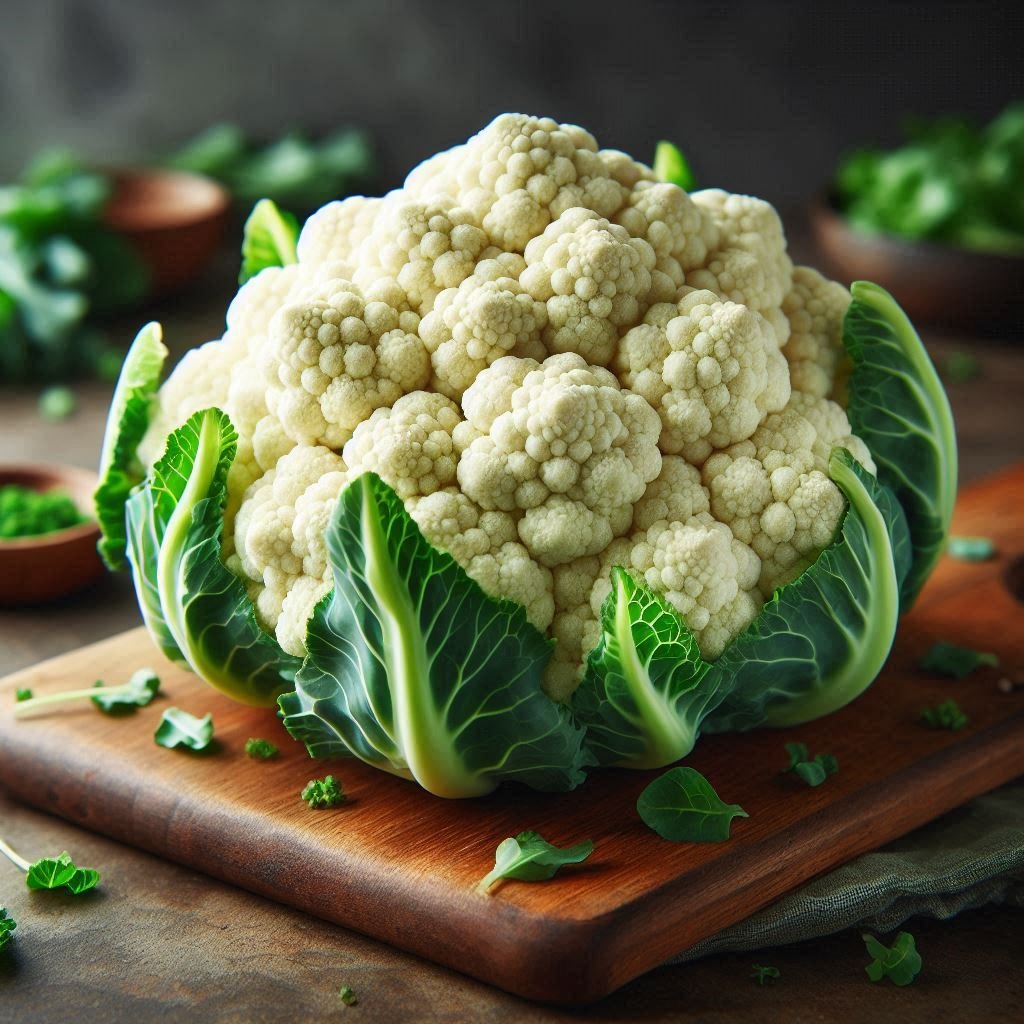
Cauliflower is another cruciferous vegetable that has been shown to have a profound impact on hormonal balance. Like broccoli and leafy greens, cauliflower contains isothiocyanates, which inhibit aromatase activity and reduce estrogen production. Cauliflower also contains a compound called indole-3-carbinol, which has been shown to have anti-estrogenic effects and may help to reduce the risk of estrogen-dependent cancers.
Cauliflower is also an excellent source of fiber, vitamins, and minerals, making it a nutritious addition to any meal. It can be steamed, roasted, sautéed, or added to soups and stews for a delicious and healthy side dish.
10. Flaxseeds: A Rich Source of Estrogen-Balancing Fiber
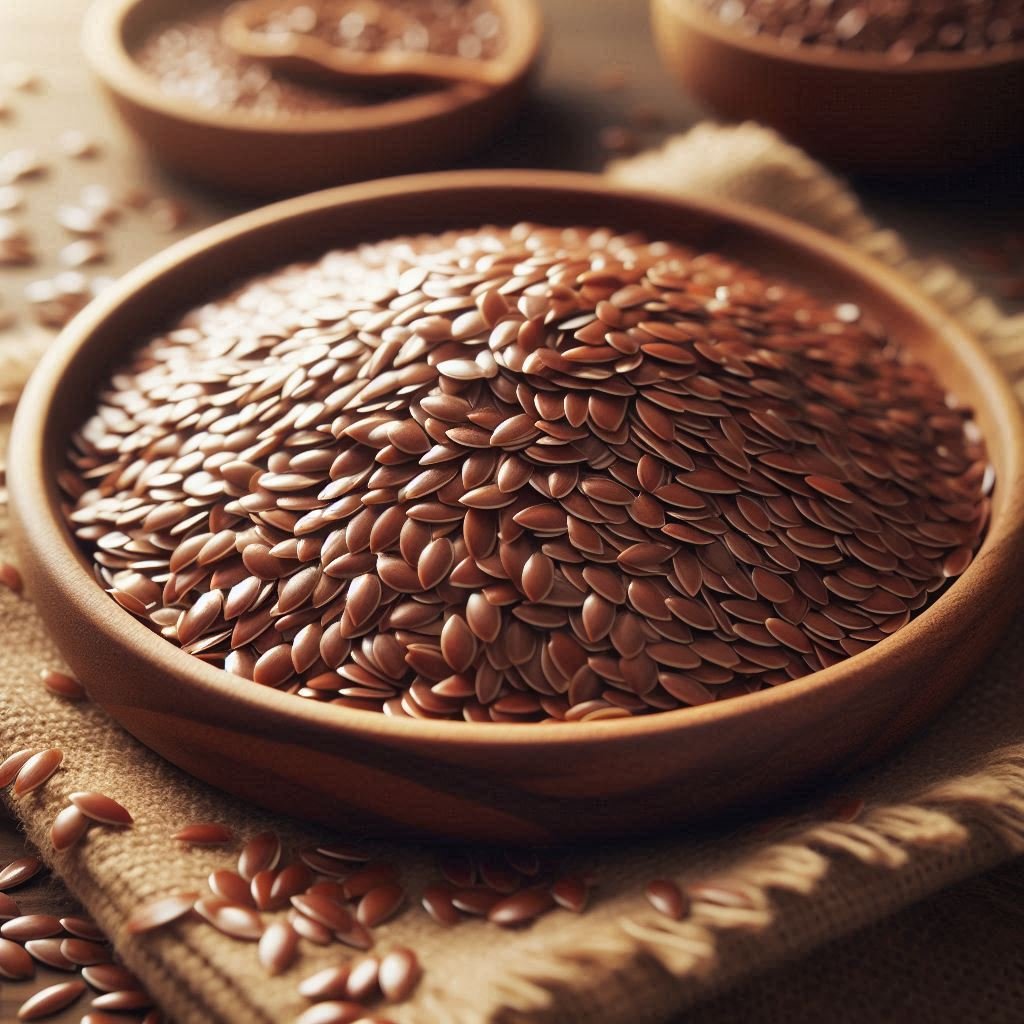
Flaxseeds are a rich source of fiber, which is essential for estrogen balance. Fiber helps to remove excess estrogen from the body, reducing the risk of estrogen dominance. Flaxseeds also contain a compound called lignan, which has been shown to have anti-estrogenic effects and may help to reduce the risk of estrogen-dependent cancers.
Flaxseeds can be added to oatmeal, yogurt, or smoothies for a nutritious and filling breakfast. They can also be used as an egg substitute in baked goods or as a topping for salads.
11. Grass-Fed Beef: A Protein-Rich Food that Regulates Estrogen

Grass-fed beef is a rich source of protein, which is essential for hormonal balance. Grass-fed beef also contains a compound called conjugated linoleic acid (CLA), which has been shown to have anti-estrogenic effects and may help to reduce the risk of estrogen-dependent cancers.
Grass-fed beef is also an excellent source of omega-3 fatty acids, vitamins, and minerals, making it a nutritious addition to any meal. It can be grilled, roasted, or sautéed for a delicious and healthy main course.
12. Kimchi: A Fermented Food that Supports Gut Health

Kimchi is a fermented Korean condiment made from vegetables, usually cabbage and radishes. Kimchi is rich in probiotics, which support gut health and promote hormonal balance. A healthy gut microbiome is essential for estrogen balance, as the gut plays a key role in estrogen metabolism.
Kimchi can be added to soups, stews, or salads for a delicious and healthy flavor boost. It can also be eaten as a side dish or used as an ingredient in Korean-inspired recipes.
13. Citrus Fruits: Vitamin C-Rich Foods that Reduce Estrogen

Citrus fruits, such as oranges, lemons, and grapefruits, are rich in vitamin C, which has been shown to have anti-estrogenic effects. Vitamin C helps to reduce inflammation in the body, which can contribute to estrogen dominance.
Citrus fruits are also an excellent source of fiber, vitamins, and minerals, making them a nutritious addition to any meal. They can be eaten as a healthy snack, added to salads, or used in juices and smoothies.
14. Ginger: A Spicy Root that Inhibits Estrogen Production
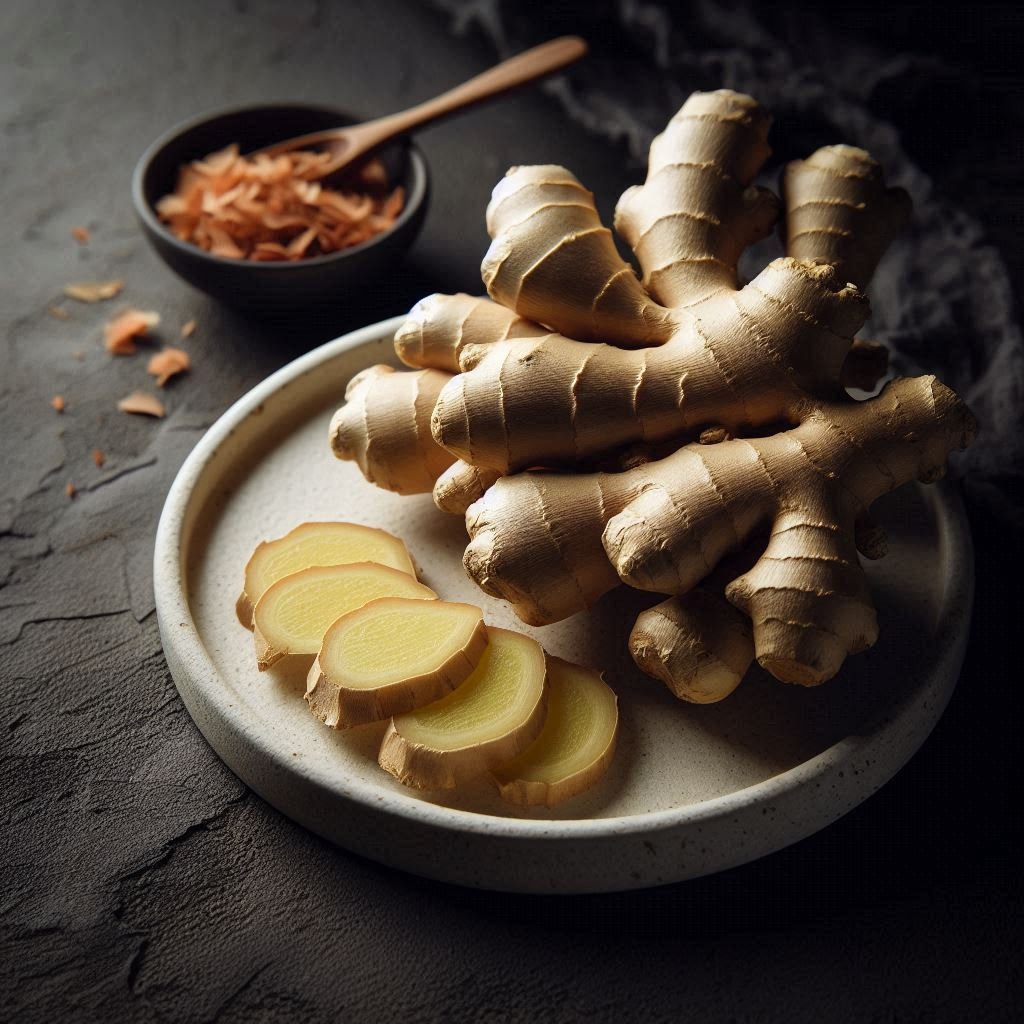
Ginger is a spicy root that has been used for centuries in traditional medicine. Ginger has been shown to have anti-inflammatory effects and may help to reduce the risk of estrogen-dependent cancers. Ginger also contains a compound called gingerol, which has been shown to inhibit estrogen production.
Ginger can be added to soups, stews, or stir-fries for a delicious and healthy flavor boost. It can also be consumed as a tea or used in baked goods and desserts.
15. Fermented Soy: A Plant-Based Food that Regulates Estrogen
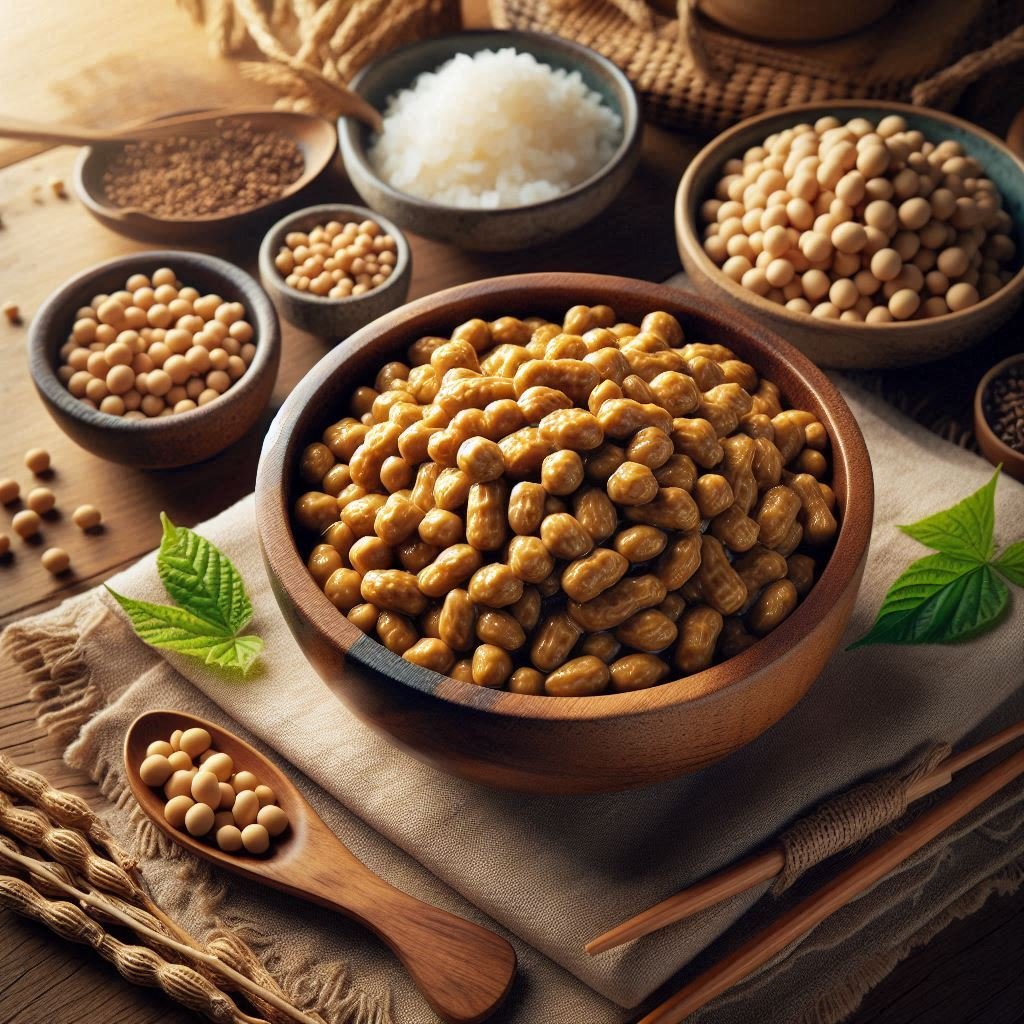
Fermented soy, such as miso and tempeh, is a rich source of isoflavones, which have been shown to have anti-estrogenic effects. Isoflavones help to regulate estrogen levels in the body, reducing the risk of estrogen dominance.
Fermented soy is also an excellent source of protein, vitamins, and minerals, making it a nutritious addition to any meal. It can be added to soups, stews, or salads for a delicious and healthy flavor boost.
16. Dark Chocolate: A Sweet Treat that Reduces Estrogen

Dark chocolate is a rich source of flavonoids, which have been shown to have anti-inflammatory effects and may help to reduce the risk of estrogen-dependent cancers. Dark chocolate also contains a compound called theobromine, which has been shown to inhibit estrogen production.
Dark chocolate can be consumed in moderation as a healthy dessert or snack. Look for dark chocolate with at least 70% cocoa content for the most health benefits.
17. Pomegranate: An Antioxidant-Rich Fruit that Balances Hormones

Pomegranate is a rich source of antioxidants, which help to reduce inflammation in the body and promote hormonal balance. Pomegranate also contains a compound called ellagic acid, which has been shown to have anti-estrogenic effects and may help to reduce the risk of estrogen-dependent cancers.
Pomegranate can be eaten as a healthy snack, added to salads, or used in juices and smoothies.
18. Cilantro: A Herb that Supports Liver Detoxification and Reduces Estrogen

Cilantro is a herb that has been used for centuries in traditional medicine. Cilantro has been shown to support liver detoxification, which is essential for estrogen balance. Cilantro also contains a compound called d-limonene, which has been shown to have anti-estrogenic effects and may help to reduce the risk of estrogen-dependent cancers.
Cilantro can be added to soups, stews, or salads for a delicious and healthy flavor boost. It can also be used as a garnish or added to salsas and sauces.
FAQs
Q: Can I eat these foods in excess to reduce estrogen levels quickly?
A: No, it’s important to consume these foods in moderation as part of a balanced diet. Eating excessive amounts of any food can lead to an imbalance of nutrients and potentially cause harm.
Q: Are these foods suitable for everyone, including pregnant or breastfeeding women?
A: While these foods are generally considered safe, pregnant or breastfeeding women should consult with their healthcare provider before making any significant changes to their diet.
Q: Can I take supplements instead of eating these foods?
A: While supplements can be helpful, it’s always best to get nutrients from whole foods whenever possible. Foods provide a complex mix of nutrients and compounds that work together to support overall health.
Q: How long will it take to see the effects of eating these foods on estrogen levels?
A: The effects of eating these foods on estrogen levels can vary depending on individual factors, such as diet, lifestyle, and overall health. It’s important to be patient and consistent in making dietary changes, and to work with a healthcare provider to monitor progress.
Q: Can I eat these foods if I have a hormone-sensitive condition, such as breast cancer or endometriosis?
A: If you have a hormone-sensitive condition, it’s essential to consult with your healthcare provider before making any changes to your diet. They can help you determine the best approach for your individual situation.
Q: Are there any other foods that can help reduce estrogen levels?
A: Yes, there are many other foods that can help support hormonal balance and reduce estrogen levels. Some examples include cruciferous vegetables like kale and cauliflower, omega-3 rich foods like salmon and walnuts, and probiotic-rich foods like yogurt and kefir.

